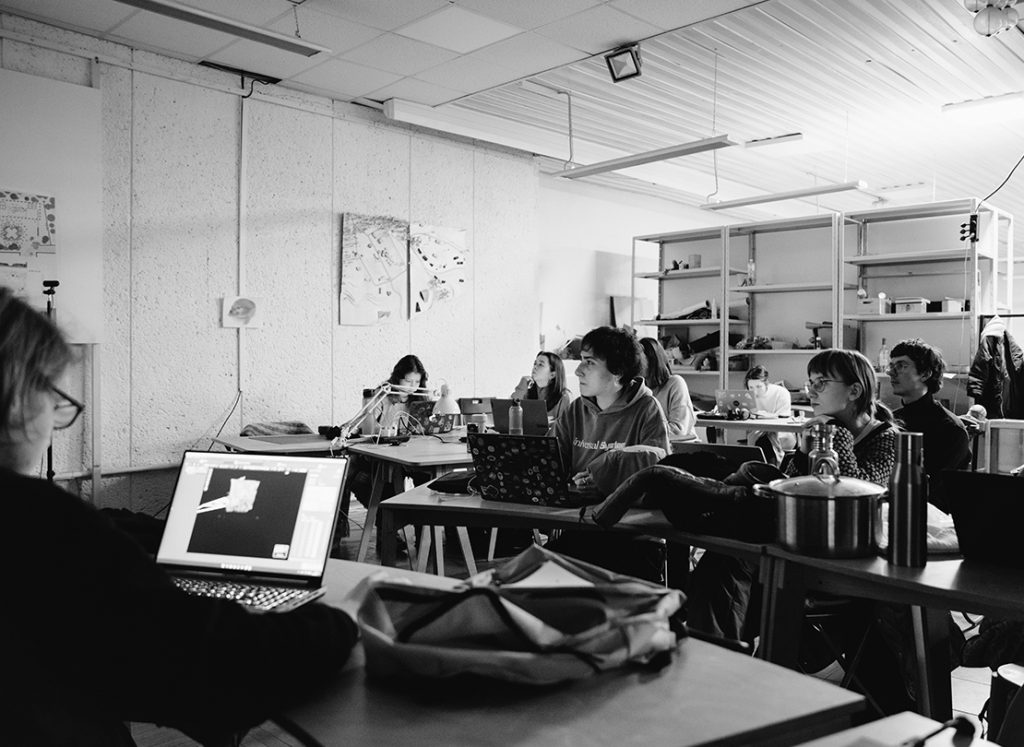
Reflections on a year of Architectural Heritage Preservation in Times of War: The Ukrainian Model
In times of war, when destruction seems to rewrite the physical and cultural landscape of a nation, a different kind of architecture emerges – one built from knowledge, skill, and an unyielding commitment to protect memory. The project “Architectural Heritage Preservation in Times of War: The Ukrainian Model” stands as a powerful example of what can be accomplished when education, resilience, and international collaboration converge with urgency.
Launched in September 2024 by HERITΛGE in collaboration with the Kharkiv School of Architecture (operating from Lviv) and 3D documentation experts of Skeiron, this project set out to train a new generation of heritage architects and educators equipped with the technical and ethical tools needed to preserve Ukraine’s imperiled architectural heritage.
Building knowledge amid collapse
As buildings fall and monuments come under attack, the project focused on something less visible but deeply enduring: education. Over the course of the academic year, it reached 30 students and 10 educators from across Ukraine – Chernivtsi, Dnipro, Kharkiv, Kherson, Poltava, Zaporizhzhia, Kyiv, Odesa, Lviv and Vinnytsia regions – through an intensive curriculum that merged theory with fieldwork. Topics ranged from cutting-edge techniques like photogrammetry and 3D laser scanning to international conservation standards and legal frameworks.
Field internships in Western Ukraine led by Skeiron gave students hands-on experience in documenting heritage sites. They produced high-resolution digital scans and architectural records that now serve both as tools for future conservation efforts and as acts of cultural preservation in their own right.
In parallel, the programme’s educator training combined online learning with in-person workshops coordinated and hosted by the Kharkiv School of Architecture and practical exercises. This dual approach enabled participating teachers to develop their own heritage-focused curricula – tailored to their institutions – and expand the reach of conservation education across the country.
The urgency of this work is echoed in the April 2025 report “The Ukrainian Cultural Sector in Wartimes: Emergencies – Needs – Measures”, which highlights a critical shortage of qualified professionals in conservation, restoration, and heritage protection. The report calls for systemic investment in education, especially in frontline regions where remote-only instruction has left gaps in competencies. Against this backdrop, the project addressed not just a wartime emergency, but a long-standing structural need for enhanced education in architectural heritage conservation.
The project’s broader legacy
Though limited to one academic year, the project’s impact far outstrips its timeline. It catalysed the development of a reproducible curriculum, created a set of digital documentation of 15 heritage sites, and introduced conservation methodologies to institutions that previously had limited access to such tools. Perhaps most importantly, it demonstrated how cultural preservation can be reframed as a form of resistance and recovery.
A series of public webinars and lectures – featuring experts from Ukraine and abroad – helped bridge gaps in knowledge and connect students and instructors with global heritage preservation communities. The programme didn’t just train students; it helped cultivate a network of professionals who carry forward the mission of architectural conservation with firsthand experience and shared purpose.
A call to sustain what was started
Despite its success, the project ended in 2025 due to funding limitations. Its early closure is a sobering reminder of the fragility of cultural preservation efforts in conflict zones. Yet it also underscores a core truth: the preservation of architectural heritage is not a one-off intervention. It is a long-term commitment that demands sustained investment, institutional backing, and policy support.
The tools have been built. The knowledge has been shared. What remains is the will to continue – through new programs, policy reform, and the support of international allies.
Final thoughts
In Ukraine today, every carved facade, every war-scarred cornice tells a story – not only of destruction but of survival. The “Architectural Heritage Preservation in Times of War” project ensured that these stories are not lost. As Ukraine continues its path through war toward recovery, the architects trained through this programme will stand among its quiet heroes – those who understand that rebuilding is not just about walls, but about the memory those walls hold.
Now, more than ever, we must ask: what kind of future do we build if we let the past be erased?
Find out more about our projects here.

